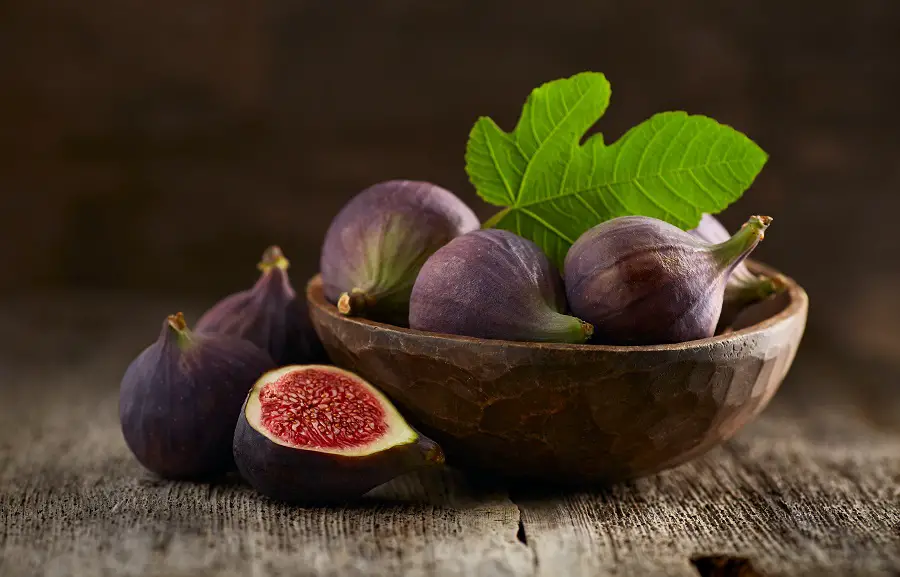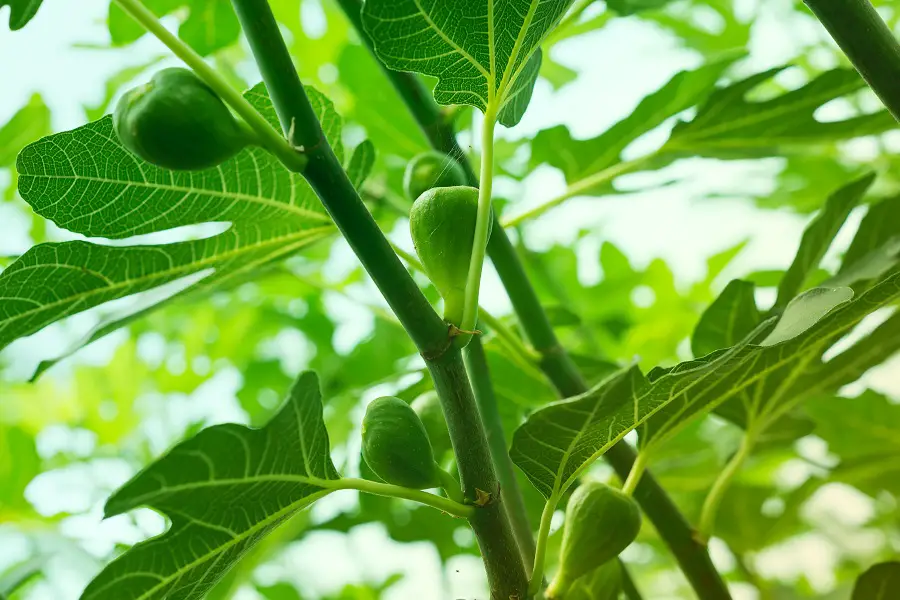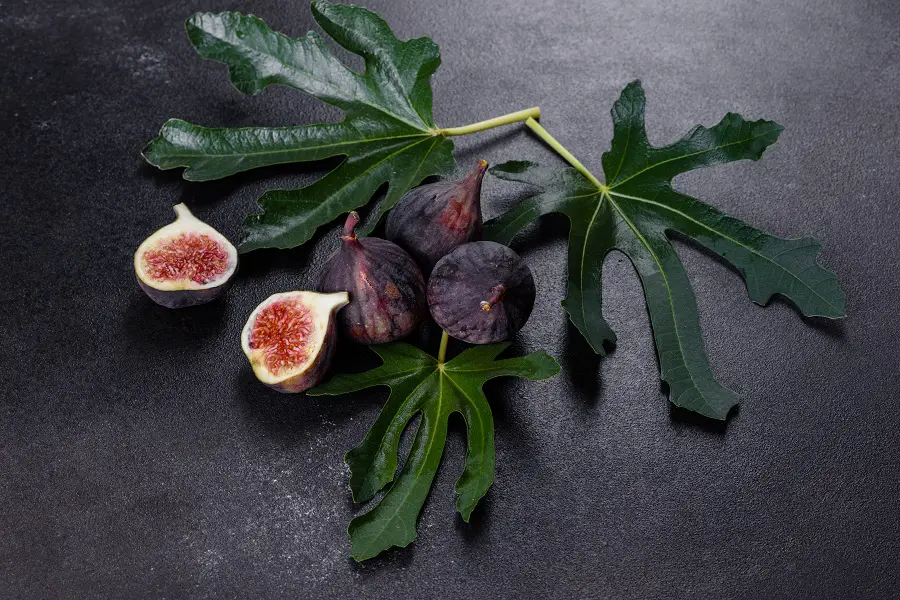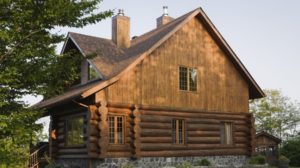Can fig wood be burned? Question from a comment on article on firewood has sparked my interest in providing more information about fig wood. Although not a common fruit tree in Romania, the fig tree has long since become a rarity in the south and south-west of the country. In Mehedinti it has become so common that every autumn a fig festival is held in Svinița. The aromatic and sweet fruits of various varieties are made into jams, marmalades, jams and liqueurs and presented at the festival to the delight of participants and visitors. And yet, could the wood of the shrub that makes fruit so good that it can't even be thrown in the fire be so bad? This and other questions about fig wood are answered below.

Fig, one of the oldest cultivated plants
The fig tree (Ficus carica) belongs to the genus Ficus, which has over 800 species. It is native to the Mediterranean basin and western Asia and is among the earliest cultivated plants, even before cereals. Analysis of some fossilised fruits found has led to the conclusion that the fig tree has been cultivated as far back as 11 000 years ago. It is also mentioned in the Bible, Talmud and Koran.
The fig tree is now spread all over the world and is grown as a fruit tree or decorative shrub. It does not withstand cold well, the preferred climate being temperate and tropical. In cold areas it can be grown in greenhouses and small specimens can be kept indoors. Here it is found in the south, south-east, south-west and west of the country. It has been brought since antiquity, by the Greeks in the Dobrogea area, and in the south-western areas by the Romans with the Roman conquest 2000 years ago.
A shrub that can reach up to 12 m high, with strong roots and a rich crown
When it finds the right climate, the fig tree can grow up to 10-12 m tall. The roots are strong, gripping and spreading very well in fertile soil, even twice the surface area of the crown. It is water-loving, being both in the ground and on the surface and feeding on water from both environments. Buds develop on the roots from which shoots grow.
The stem can be formed from a single trunk or several, intertwined, reaching a large diameter. The smooth bark, sometimes knotted, is silvery grey. The crown can be very broad and rich, providing a pleasant and cool shelter for animals. The shoots are windy and green at first, turning brown when mature.
The leaves are large, covered with bristles, can reach up to 25 cm long and 18 cm wide and have different shapes: round, oval or deeply lobed with 3 to 7 lobes. If the area is warm, with temperatures not dropping below 8-10°C in winter, the leaves do not fall off and the plant does not go into dormancy. In other areas the leaves fall off, often requiring the trunk to be protected from freezing.
The flowers of the fig tree are not visible, being trapped in a receptacle, and the fruits appear on single branches or grouped 2-3 at the base of the leaf. At first they are as small as a pea, gradually growing to 3-5 cm, and the shape becomes rounded and elongated like a teardrop. The colour of the unripe fruit is green, like the leaves, changing as they ripen to yellowish green or dark purplish brown.
All parts of the fig contain a white, sticky sap called latex. Even when the green fruit is broken, this latex seeps from the stem, but disappears when the fruit is ripe. Latex is a toxic substance that causes skin irritation. It is this that causes reservations about using fig wood.

Why fig wood is not widely used
Fig wood is not spectacular. The colour is light yellow, uniform, without specific designs. The wood is quite soft, has low density, is elastic and light. The wood from shoots is very thin because here growth is rapid and the wood mass deposited is loose, but contains less latex. It dries without large cracks and is frequently attacked by insects.
The main reasons why fig wood is not widely used are:
- Latex content, which can cause skin irritation. If the skin comes into contact with latex and is then exposed to sunlight, phytodermatitis occurs. If we rub our eyes with our hands on freshly cut fig wood, we will feel stinging and our eyes will become irritated. It's chemicals called furanocoumarins, which are known to cause dermatitis on human skin. In leaves, the content of these substances is highest, at 10%, but they have not been found in ripe fruit. Latex is removed by drying so it is recommended that fig wood is thoroughly dried before use.
- Fig trees do not grow tall or very straight. From such a trunk it is difficult to remove pieces of wood that can be used to make furniture or other large objects.
- Twisted growth causes stresses in the wood that lead to bending during drying. Existing stresses make the wood unpredictable during processing.
- Fig trunks are often off-centre, the distance between rings may be uneven or form several rings in a year. These also lead to unpredictable behaviour during processing.
- It is a soft wood with fairly low strengths.
And yet, can fig wood be used?
Yes, if it is thoroughly dried to remove latex and all leaves on the trunk or branches have been removed at the time of cutting. Small pieces of wood can easily be processed by turning to obtain pens or other small objects. It also carves easily.
Because it does not have a particular design or colour it is recommended to colour it. Being quite loose, the staining solution is absorbed much and differently into the interior, resulting in an interesting staining of the wood. Also suitable for stabilisation treatments and impregnation, processes that improve appearance.
Can fig wood be burned?
After a lot of information about fig wood, let's get back to the question that started it all: can it be used as firewood? Again, the use is conditional on removing the leaves and drying very thoroughly to remove the latex. If ordinary firewood can be dried for 6 months, for figs it is recommended to dry for a year. Even so, it is not a quality firewood. Being loose it burns fast, develops a high temperature but does not retain heat. It is recommended more for lighting fires or to maintain the fire, in a mixture with high density species that burn more slowly and release a large amount of heat for a long time.

Smoking food with fig wood
Fig wood is one of the most aromatic woods used for smoking food, quickly giving off a sweet, floral aroma with a slight hint of cinnamon. It can be used wherever cherry wood or apple wood, the fig flavour being stronger. Of course, the wood must be very well dried and there must be no leaves in the smoking mixture.
The cinnamon-sweet flavour can also be experienced by adding dried fig tendrils to the wood mixture in the fireplace, stove or grill. It is recommended that the wood, both for the fire and for smoking, is purchased from specialised companies, so that we can be sure that it is properly processed and treated.
Fig wood is especially recommended for smoking pork, poultry, fish and seafood. It can also be used for smoking cheese and vegetables. It doesn't work well with lamb or beef because they are strong tasting meats that don't need another strong taste. Use everywhere in moderation because the flavour is very strong. When mixed with walnut wood, it reduces the bitter taste of walnut.
If you want to learn more about smoking food with other wood species, find extensive information here.
I hope you find the information interesting. If you have worked with or used fig wood, please share your experience with us. And if you have any questions or queries, leave them below in the space provided. I'm sure I'll answer them.





























Add comment